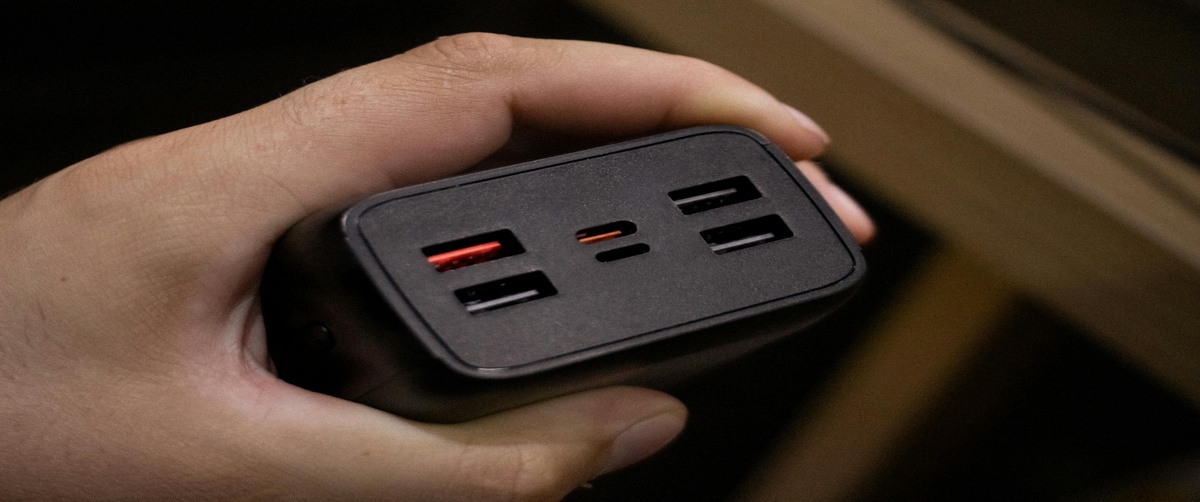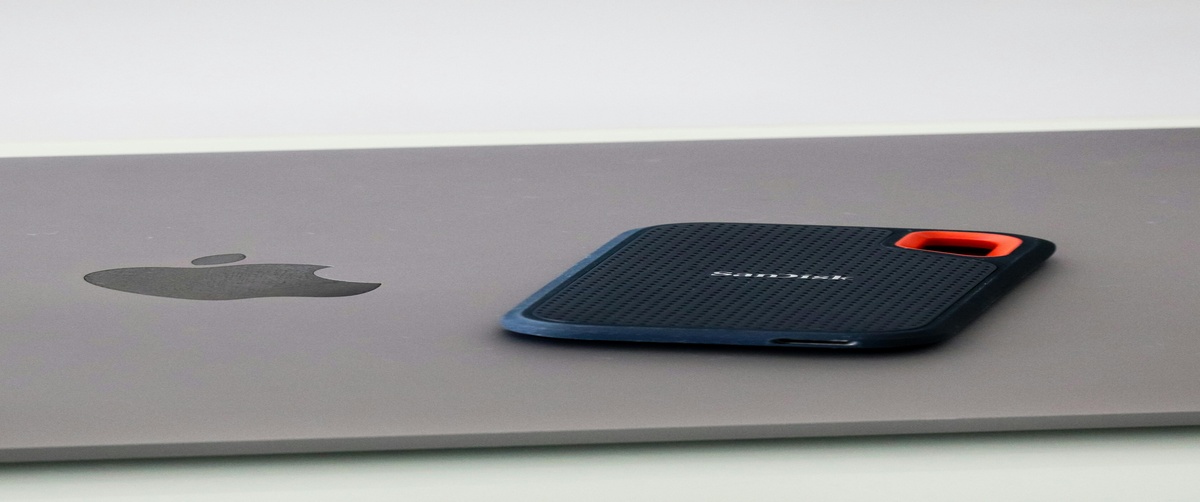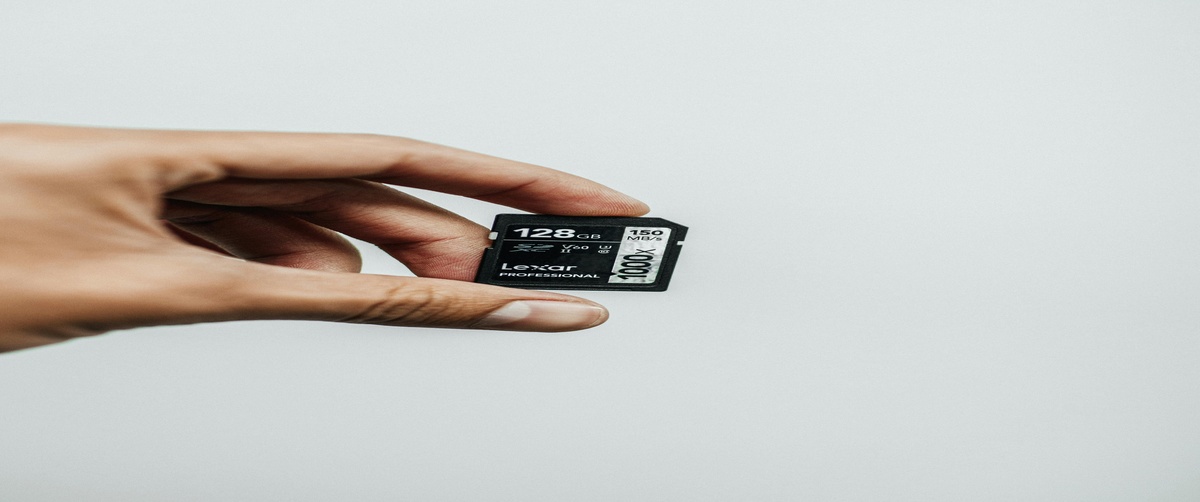A solid-state drive (SSD) is an essential component for fast and reliable storage. However, encountering an SSD not recognized by your system can be frustrating. Whether it’s a BIOS settings misconfiguration or a storage issue, troubleshooting the problem step by step can help you resolve it efficiently.
Common Reasons for SSD Not Being Recognized

If your solid-state drive is not detected, consider these potential causes:
- Loose or Faulty Connections – Improperly connected cables or damaged ports can prevent recognition.
- BIOS Settings Misconfiguration – Incorrect drive settings in the BIOS can cause detection issues.
- Driver or Firmware Issues – Outdated drivers or firmware may prevent the system from recognizing the SSD.
- File System Errors or Corruption – A corrupted partition may cause the SSD to become unrecognized.
- Hardware Defects – A failing SSD may stop responding altogether.
How to Fix SSD Not Recognized Issues

To troubleshoot and fix storage issues, follow these steps:
Check Physical Connections
Ensure that your SSD is properly connected. If using a SATA drive, verify the cables are secure and try switching ports.
Verify BIOS Settings
Enter your system’s BIOS and check if the SSD appears under storage devices. If not, ensure that SATA or NVMe settings are correctly configured.
Update SSD Drivers and Firmware
Outdated drivers can cause recognition problems. Update your SSD drivers through the Device Manager and check the manufacturer’s website for firmware updates.
Initialize the SSD
If your new SSD is not showing up in Windows, go to Disk Management, locate the uninitialized drive, and follow the prompts to initialize and format it.
Use Command Prompt to Fix Corrupted Partitions
Run chkdsk /f or diskpart in Command Prompt to scan and repair potential file system errors.
Try a Different System
If your SSD remains unrecognized, connect it to another computer to determine if the issue is with the drive or your system.
Preventing Future SSD Recognition Issues

- Frequent firmware and driver updates guarantee compatibility and help to prevent SSD-related issues going forward.
- For best performance, use premium cables and connections.
- Conduct regular health inspections with SSD monitoring tools.
If you’re still facing issues with your SSD, contact TechNow for expert IT support. Our professionals can help you diagnose and fix your storage problems effectively!






